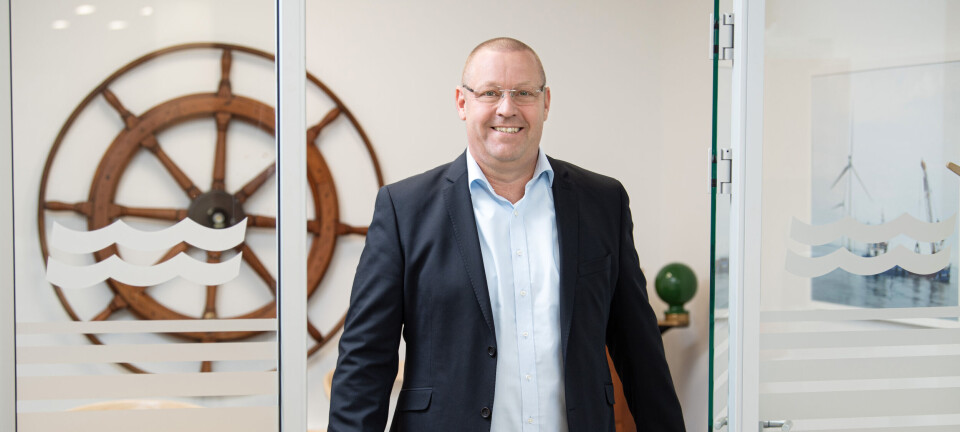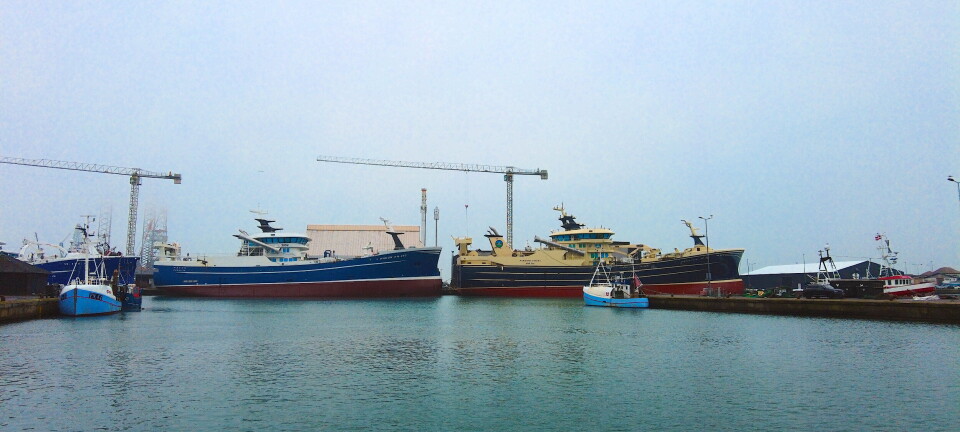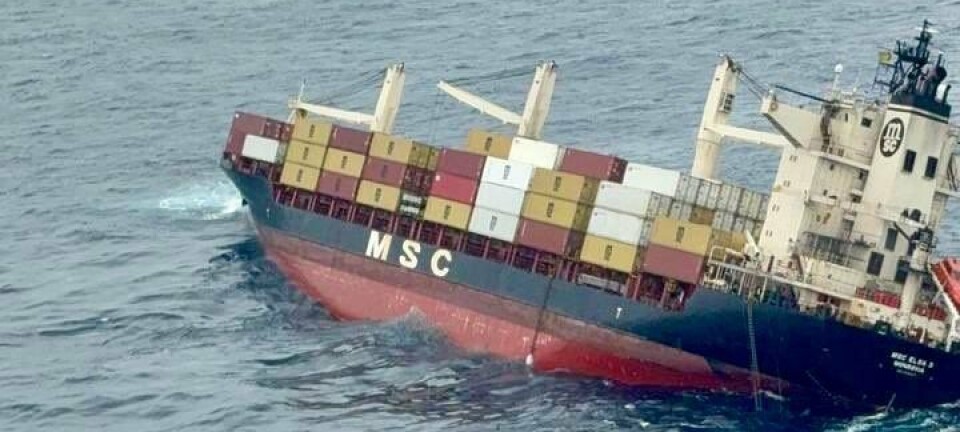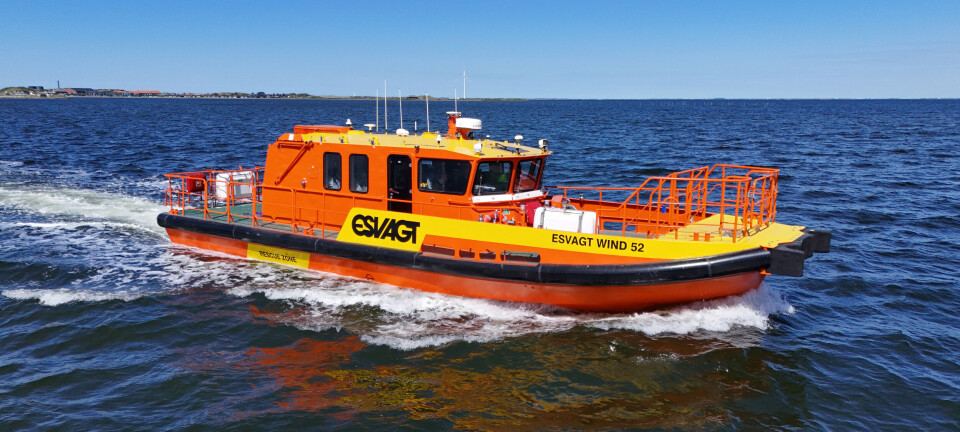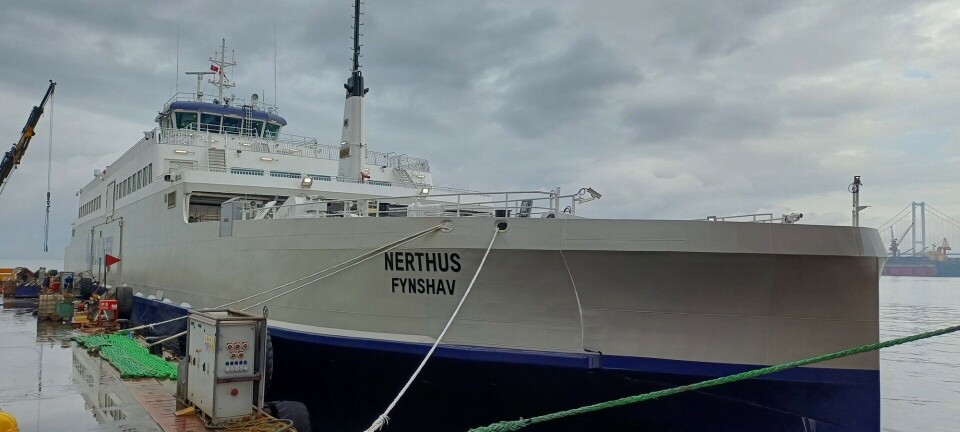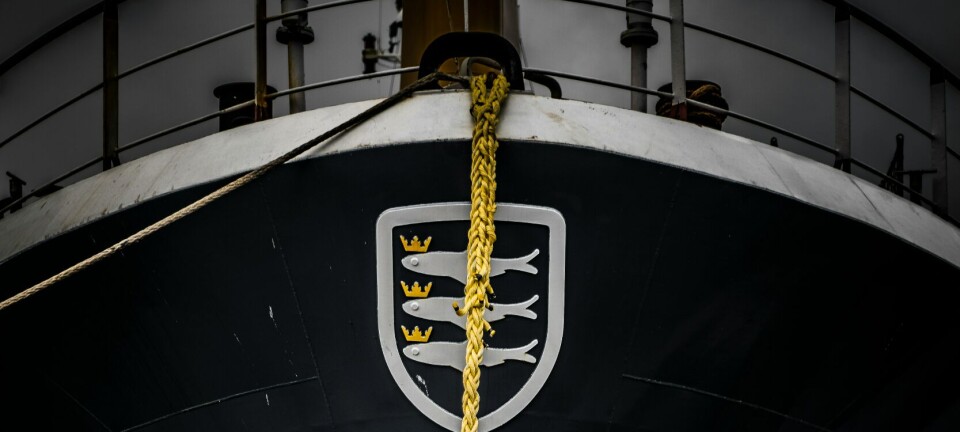Thorium reactors — a viable alternative?

Molten salt breeder reactors look good on paper, but just how applicable are they to solving the problem of low-emission maritime propulsion?
After the War, nuclear reactors were hailed as the energy source of the future and uranium became the world’s favoured nuclear fuel, but it was not the only option for nuclear power. Thorium also showed promise as a fuel source, offering cleaner, safer power with less potential for nuclear proliferation.
An experimental thorium molten-salt reactor first ran at the Oak Ridge National Laboratory for around 15,000 hours from 1965 to 1969, and in 1968, Glenn Seaborg announced to the US Atomic Energy Commission (AEC) that a thorium-based reactor had been developed and tested.
But, despite the benefits — greater safety, a greater abundance of fuel, superior physical and nuclear properties, and reduced nuclear waste — thorium reactors were side-lined and over time the technology faded from view. In 1972, the US government discontinuing research and development into thorium reactors altogether.
There is a vital difference between uranium and thorium; the ability to be weaponised. The US government was interested in profitability and weapons first, and safety second, so it chose uranium. Yet many in the scientific community favoured thorium as a power source and the director of Oakridge, Alvin Weinberg, championed its greater safety.
Recalling the period, Weinberg said: ‘[Congressman] Chet Holifield was clearly exasperated with me, and he finally blurted out, “Alvin, if you are concerned about the safety of reactors, then I think it may be time for you to leave nuclear energy.” I was speechless. But it was apparent to me that my style, my attitude, and my perception of the future were no longer in tune with the powers within the AEC’.
Weinberg saw the potential for a new kind of reactor, one with a zero risk of meltdown, but he was forced out of the AEC and his work shelved. The arms industry had won, uranium became the nuclear fuel of choice, and the world was denied a source of safe, sustainable, low-emission power. As a result, many in the scientific community have been unaware of the technology’s potential and new research has been slow in coming.
The World Nuclear Association says there are seven types of thorium reactor, but molten salt reactors using a liquid fluoride salt/thorium fuel-mix show the greatest promise for marine use.
Liquid fluoride thorium reactors (LFTR) are fundamentally different from uranium reactors. Their liquid salt coolant allows higher operating temperatures and if they malfunction, the salt simply solidifies and all fissile material is contained.
So, on paper, at least, they would seem to be the perfect energy source for marine propulsion, offering sustainable, low-emission power and a fuel source that is three times as abundant as uranium. However, there are major hurdles to the technology becoming commonplace.
Research needs funding, and that won’t happen until it can be demonstrated that thorium reactors offer a cheap alternative to fossil fuels. Investors and manufacturers want to know they will make a profit, so it’s going to take someone with capital and nerve to prove to the world that the technology works and is a viable marine power source.
But an even bigger problem is the lack of a joined-up global response to climate change and the necessary international agreements that would allow nuclear-powered ships to ply the high seas and territorial waters, and to dock anywhere in the world.
When those essential requirements are met, then, and only then, might we be on the lookout for thorium-powered ships at sea and in our harbours.

